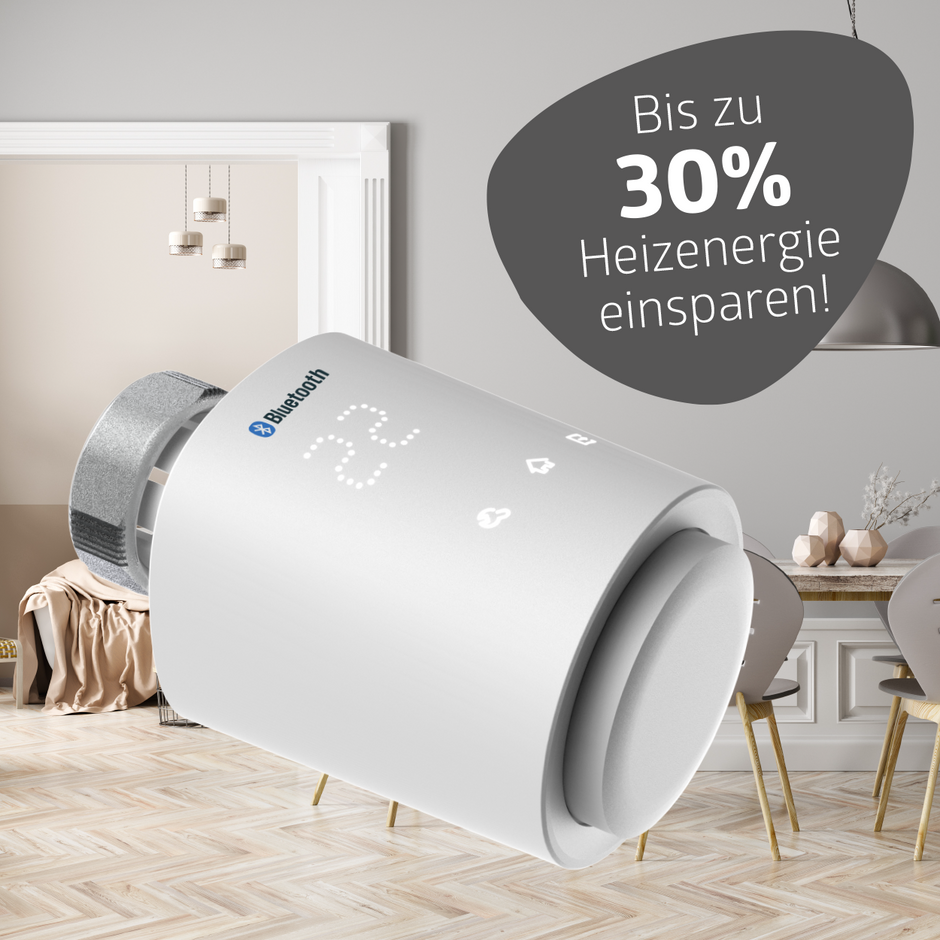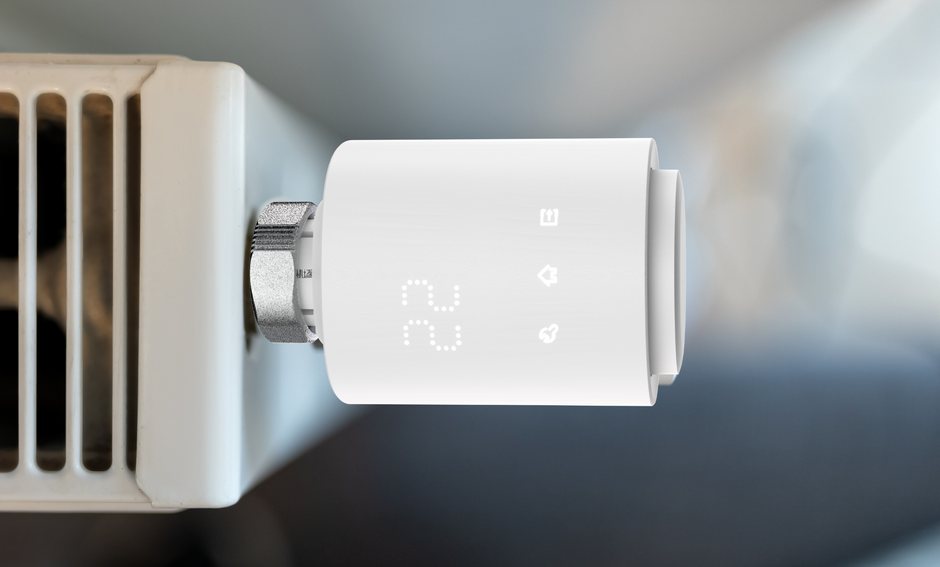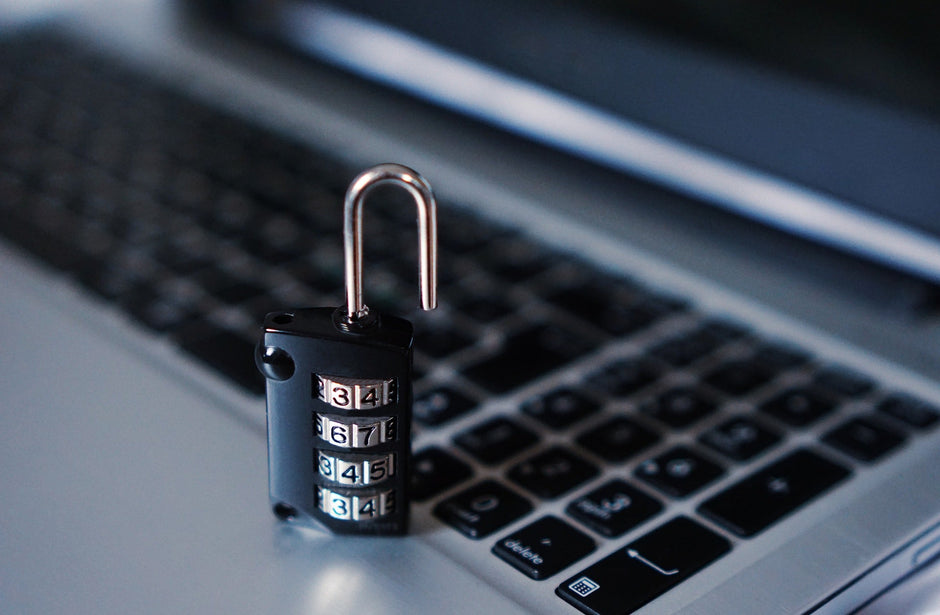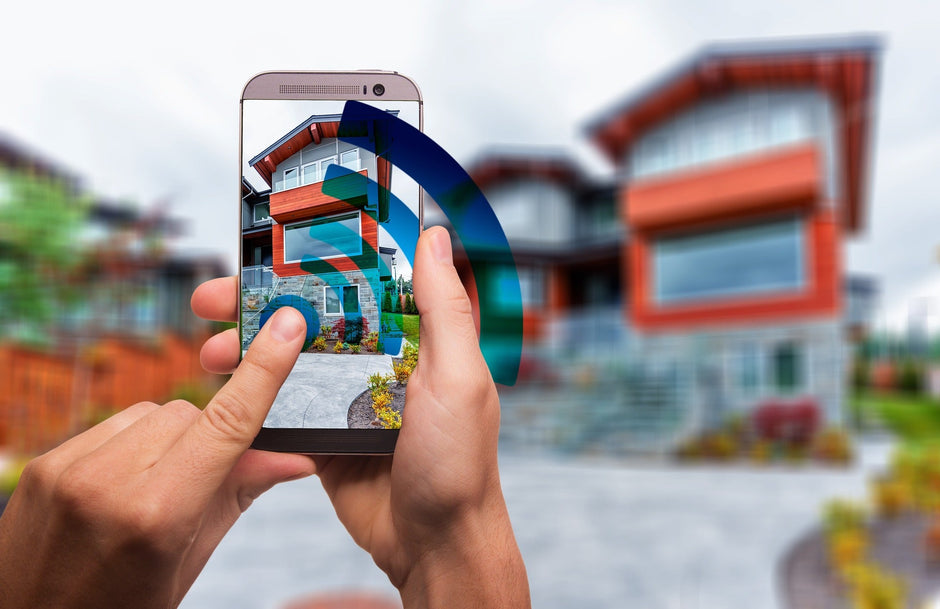Many smart home systems are connected to the internet. There are two reasons for this: Firstly, the online connection allows remote control of the home technology via a smartphone app. This makes it possible to lower the blinds from the comfort of your sofa or check who just rang the doorbell while you're away. Secondly, the data processing of the networked smart home technology takes place in the cloud, so the user doesn't have to purchase and maintain their own servers. This raises the question of what happens if the internet goes down. Does the entire smart home system then come to a standstill?
No! As long as your smart home system has an offline mode, there won't be a complete system failure. Whether an offline mode is integrated varies from manufacturer to manufacturer. If you own essentials products that are Homematic IP compatible, you don't need to worry about an internet crash: these smart home components also work consistently in offline mode.
Indeed, without a functioning internet connection, the smart home system cannot establish a connection to the cloud server. However, offline mode ensures that the basic operation of the smart home installation is still maintained. This is possible because the individual components communicate with each other not via Wi-Fi, but bidirectionally via radio. And this radio connection is independent of the internet. Furthermore, the commands are stored directly on the respective product and not in the cloud.
A concrete example: Even without a functioning internet connection, the window contact sends its command "Lower temperature to 18 degrees" to the radiator thermostat in the same room. The room temperature will therefore continue to be automatically lowered when one of the residents opens the window. Also stored on the components: all time programs. If the heating is supposed to be lowered at 10 p.m., it will do so even without an internet connection – and in the same way, it will raise the temperature back to the comfortable level in the morning via radio command.
How do I find out if a smart home system has an offline mode?
It's best to ask the manufacturer directly. Unfortunately, the technical specifications don't always contain this information. Wesmartify also lacks this information in some places, even though all of our Homematic IP-compatible products have an offline mode. We are currently incorporating this information into the product descriptions to ensure transparency from the outset.
These functions of the smart home system remain intact despite an internet outage if it has an offline mode:
- All the wireless switches you use at home will continue to work. This means you can control your shutters, heaters, and lighting at the touch of a button, even without an internet connection.
- Radio remote controls also remain functional.
- The alarm siren also continues to scare away burglars.
You will have to do without these functions during the internet outage:
- Remote control via app does not work as long as the internet is down.
- Since the smart home control center sends its messages to the user via the internet, you will not receive any push notifications on your smartphone for the duration of the internet outage, such as warnings about a water leak (washing machine, dishwasher) or smoke in the apartment.
- Also not possible: communication with Alexa.
- Location-based services (e.g. weather-dependent control, where the awning automatically retracts if the wind is too strong) also necessarily require an internet connection.
- You will also have to postpone the training and configuration of new devices until the Internet is available again.
Isn't a smart home system without an internet connection much more practical?
Of course, everyone has to decide for themselves. Anyone who doesn't want to use an internet-based system will have to purchase their own servers and become the administrator themselves. This means regularly installing updates, maintaining hardware in the event of technical issues, and reconfiguring the system when access points are replaced. Owners of internet-based smart home systems are spared all this "nerdy hassle" entirely.
And don't forget one thing: If your smart home system isn't connected to the internet, remote access is impossible. Simply checking whether everything is okay in the house while you're on vacation or turning on the heating with your smartphone while you're on your way home—these practical functions are impossible without an internet connection.
Security concerns about cloud solutions are also repeatedly raised: "What if my data is misused?" You're on the safe side if you get a data-secure system. For example, you don't need to disclose any personal data to operate the wesmartify smart home system. Furthermore, the cloud data servers are located in Germany and are therefore subject to the strict General Data Protection Regulation (GDPR).




























